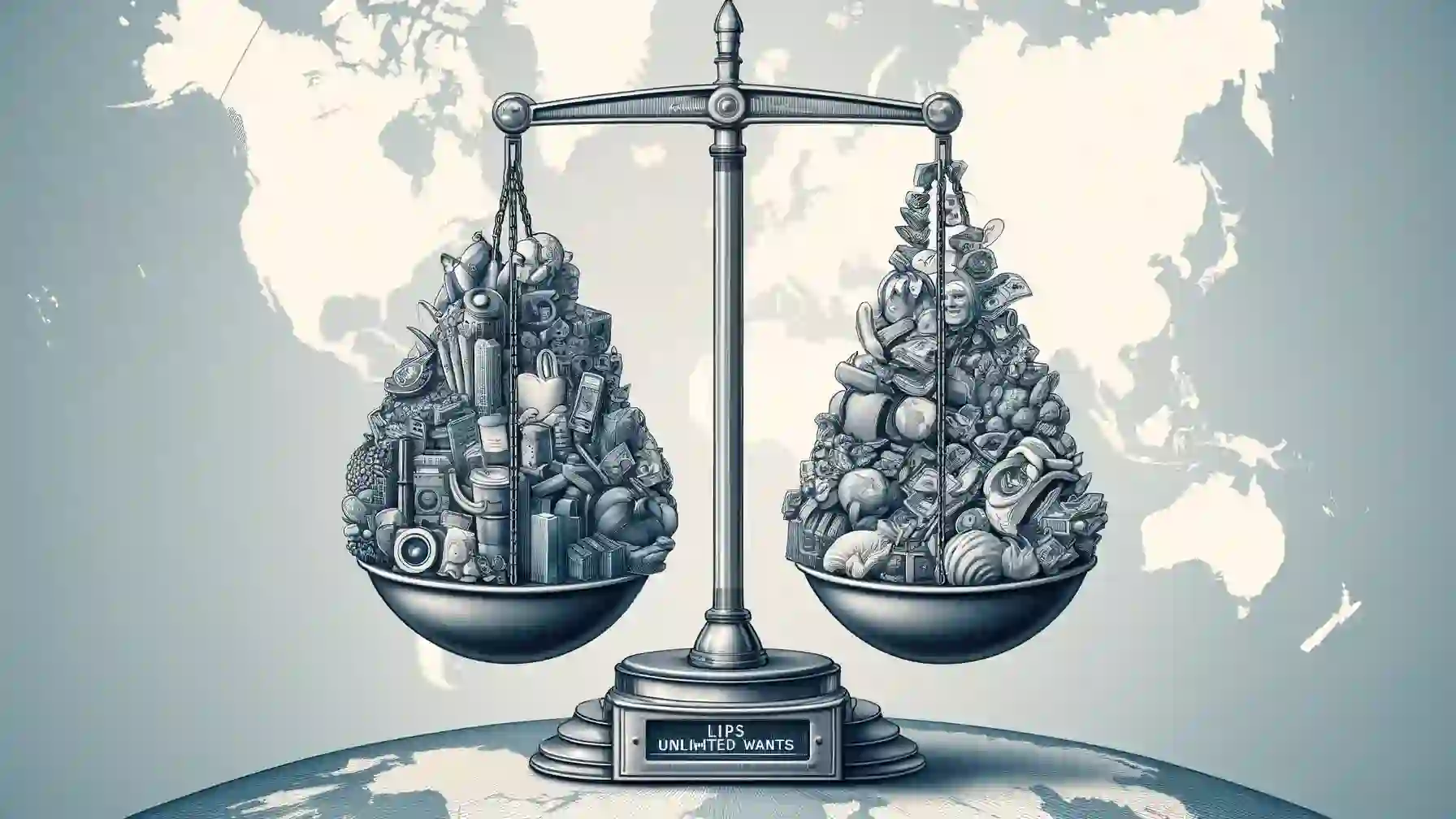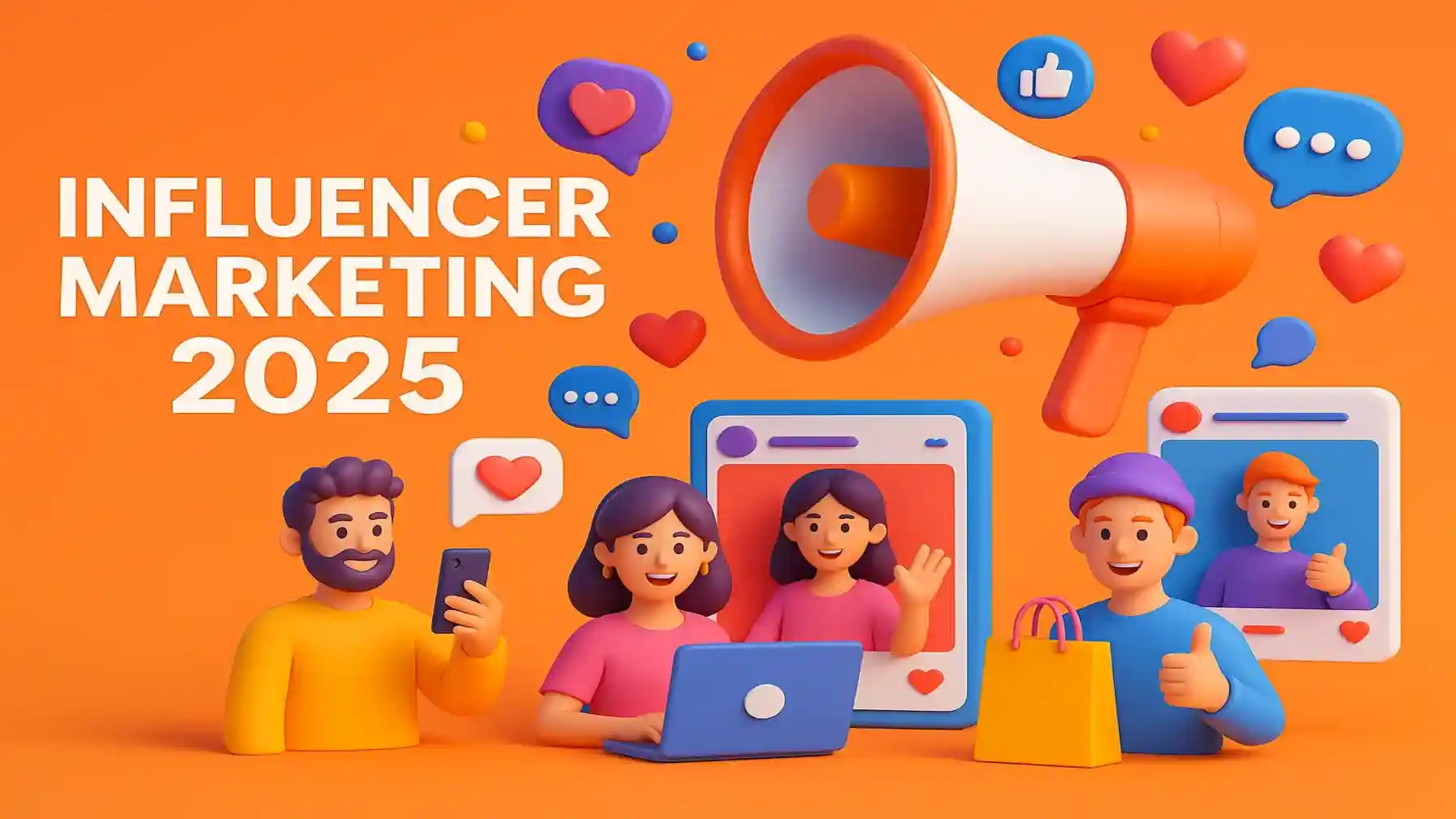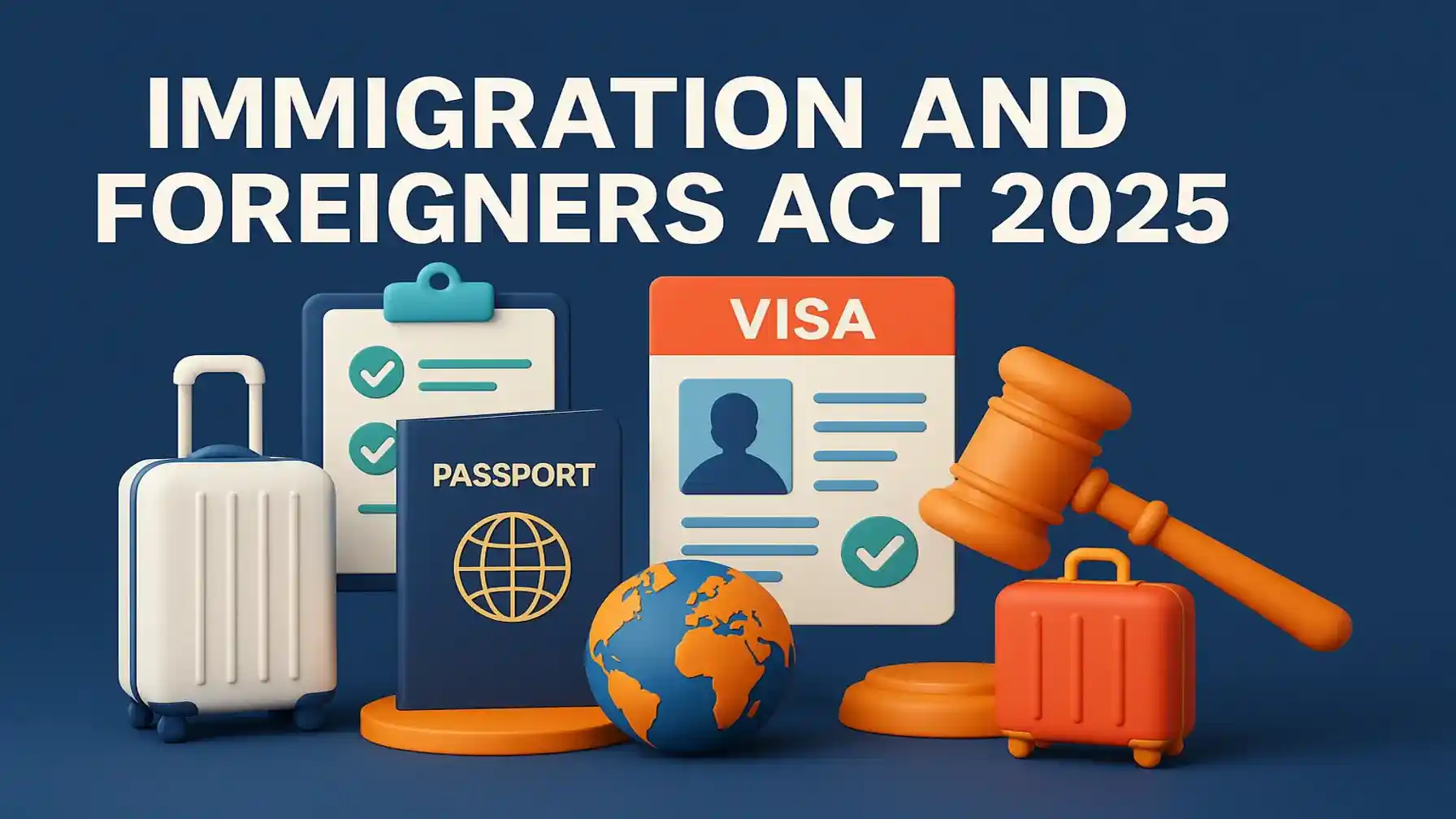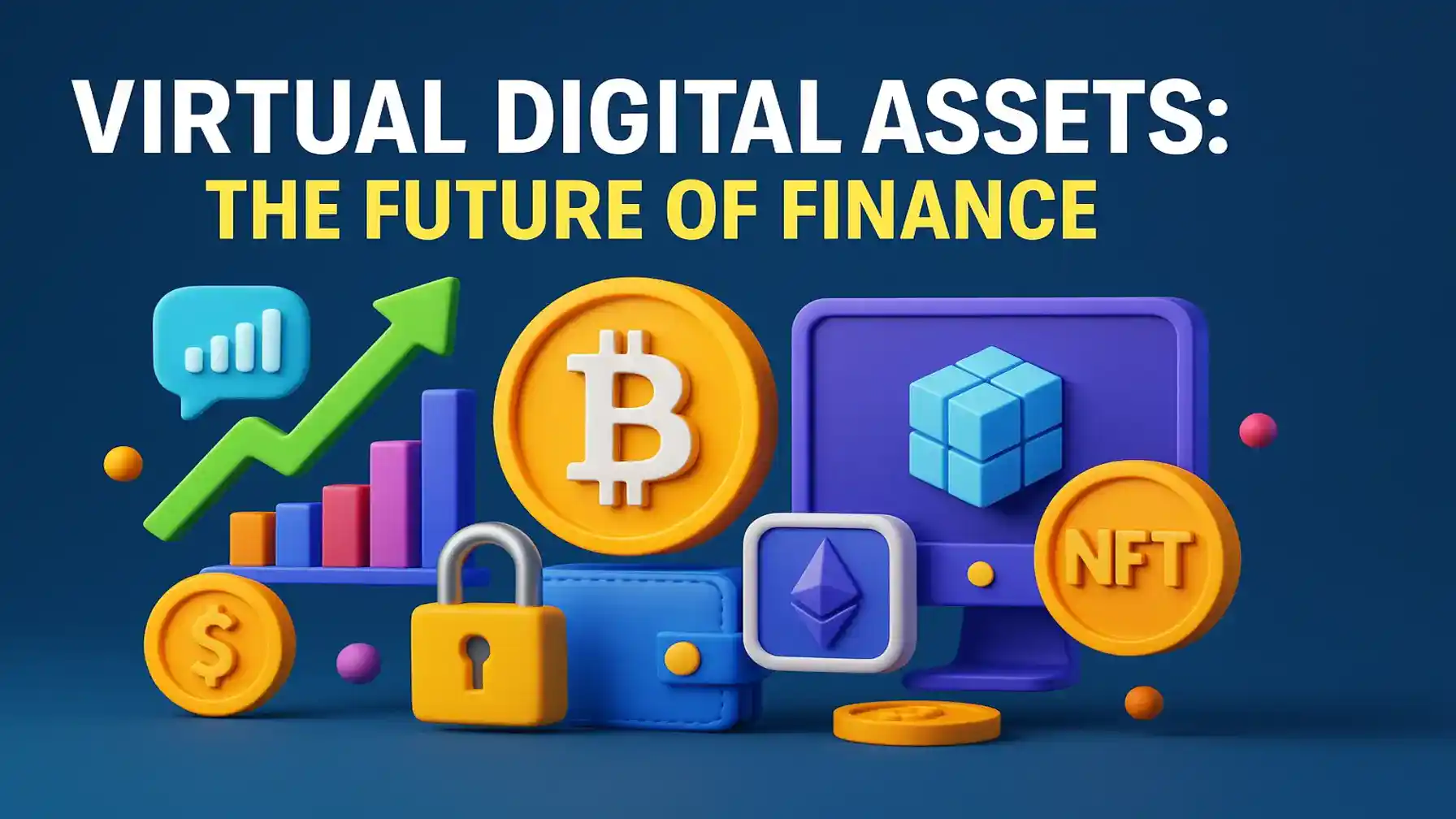In economics, the phrase “resources are limited, wants are unlimited” highlights a basic truth that governs much of human activity. Every day, we face the reality of scarce resources—whether time, money, or raw materials—and an endless array of desires. This imbalance lies at the heart of economic theory, pushing individuals, businesses, and governments to make tough choices.
Understanding the tension between limited resources and unlimited wants is essential for anyone looking to make informed financial and economic decisions. This blog will dive deep into how scarcity affects various aspects of life and explore ways to manage this fundamental issue effectively.
What does “Resources Are Limited Wants Are Unlimited” Mean?
“Resources are limited, wants are unlimited” is a cornerstone of economic thinking. It expresses that resources such as land, water, and labor are finite, while human desires continually grow. Every day, we seek to improve our lives with better goods, more services, and increased experiences.
Also Read: Addressing the impact of Light Pollution on Ecosystems
The scarcity of resources forces us to make choices. For instance, we might decide whether to spend money on education or healthcare. These decisions reflect the trade-offs we face due to the basic economic problem of scarcity.
The Role of Scarcity in Economics:
Scarcity drives the need for economic systems. If resources were unlimited, there would be no reason to prioritize or make choices. However, since “resources are limited and wants are unlimited,” societies must develop ways to allocate resources effectively. This is why we see different economic systems—capitalism, socialism, and mixed economies—each with its own way of addressing scarcity.
Scarcity pushes individuals to think critically about how they spend their money or time. Governments and businesses face similar challenges, requiring them to prioritize certain projects over others. This decision-making process, known as cost-benefit analysis, helps determine which actions will bring the greatest value with the least expenditure of resources.
Why Human Wants are unlimited?
Human wants are unlimited due to several factors. First, people naturally seek improvement and comfort. Once basic needs are met, individuals strive for more—whether it’s a new phone, a bigger house, or a better education. This endless desire stems from social, psychological, and technological influences.
Technology constantly creates new wants. As companies release innovative products, consumers feel compelled to upgrade, even if their current devices work fine. Similarly, social influences like advertising and peer pressure make us want things we didn’t even know existed.
Because “resources are limited wants are unlimited,” this cycle of desire puts pressure on the finite resources available, further intensifying the need for careful resource management.
Types of Resources in Economics:
Economics divides resources into three main categories: natural resources, human resources, and artificial resources.
- Natural resources include water, minerals, and land. These resources are extracted from the environment and are finite. Overuse or depletion can have devastating consequences.
- Human resources refer to the labor and expertise individuals contribute to the economy. Human resources are valuable but not unlimited—there are only so many skilled workers available in any field.
- Artificial resources include machine-made tools, machinery, and technology. These resources, while manufactured, are also limited by the materials needed to create them and the financial capital available for production.
Since “resources are limited, wants are unlimited,” understanding these categories helps us grasp the complexities of resource allocation.
Limited Resources in Daily Life:
In daily life, we constantly deal with limited resources. Whether it’s managing our time or stretching our monthly budget, the idea that “resources are limited, wants are unlimited” applies. Take time, for example—there are only 24 hours in a day. We can’t extend that, so we must make decisions about how to use it efficiently.
Similarly, financial resources like income are finite. Families need to decide how much to allocate to necessities like housing and food, and how much to save for future wants or emergencies. Every dollar spent represents a trade-off, highlighting the constant balancing act we face.
Food, water, and energy are other examples of limited resources. Each of these must be carefully managed to meet both immediate and future needs. As populations grow, so does the strain on these essential resources, making efficient use and conservation critical.
How Businesses Deal with Limited Resources?
In the business world, companies face the same reality: “resources are limited, wants are unlimited.” To stay competitive, businesses must optimize their resource usage. They do this through efficiency, innovation, and sustainability practices.
For example, businesses often invest in process optimization to reduce waste and increase productivity. Lean manufacturing, for instance, focuses on minimizing the waste produced during the creation of goods. This is a practical application of recognizing that “resources are limited.”
Innovation is another way companies deal with limited resources. By creating new technologies, businesses can meet customer needs without exhausting available resources. Many tech firms focus on developing more energy-efficient products to stay ahead of the competition while conserving resources.
Sustainability has also become central to business operations. Companies are increasingly aware of the environmental impact of overusing resources and are adopting sustainable practices. This is especially important in industries like agriculture, where finite natural resources such as water and land are essential to production.
Government Role in Managing Limited Resources:
Governments also recognize that “resources are limited, wants are unlimited.” They play a crucial role in managing the allocation of resources through taxation, regulation, and public spending. Tax policies can incentivize businesses and individuals to conserve resources. For instance, governments often offer tax breaks for companies that use renewable energy or practice sustainable farming.
Regulations ensure that industries do not overuse resources. For example, fishing quotas are set to prevent overfishing, and pollution limits help protect air and water quality. These regulations are designed to ensure that resources are not depleted faster than they can be replenished.
Public spending is another tool governments use to manage limited resources. Investing in public goods, like healthcare, education, and infrastructure, helps ensure that essential resources are available to everyone, not just those who can afford them. This is particularly important in areas where resources are naturally scarce or unevenly distributed.
Impact of Limited Resources on the Global Economy:
The global economy faces significant challenges due to the fact that “resources are limited, wants are unlimited.” Unequal resource distribution leads to economic disparities between countries. For example, nations rich in natural resources often have greater wealth, but they may also suffer from issues like environmental degradation or political instability.
Meanwhile, countries with limited resources rely on trade to meet their needs. For instance, resource-poor nations import goods like oil and food, while exporting services or technology. This creates a delicate balance, as disruptions in trade can lead to shortages and economic instability.
Global resource shortages, such as freshwater scarcity and declining fossil fuels, have far-reaching economic impacts. These shortages increase the cost of goods and services, fueling inflation and social unrest. To address this, many governments and organizations are focusing on sustainable development and international cooperation to manage resources more effectively.
How Scarcity Influences Decision Making?
Scarcity influences every decision we make, from individual choices to large-scale policy decisions. Because “resources are limited, wants are unlimited,” we constantly weigh costs and benefits to determine the best course of action. This process is known as cost-benefit analysis.
Take personal finance, for example. When deciding how to spend money, individuals consider whether to save for the future or spend on current desires. The same principle applies to businesses and governments. They must evaluate the potential return on investment for every project or expenditure, ensuring that limited resources are used to create the greatest value.
The concept of opportunity cost is central to decision-making in the face of scarcity. Opportunity cost refers to the value of the next best alternative that is forgone when a decision is made. Understanding opportunity costs helps individuals and organizations make informed choices about how to allocate their limited resources.
Unlimited Wants and Consumer Behavior:
Consumer behavior is deeply influenced by the fact that “resources are limited, wants are unlimited.” Businesses tap into this reality through marketing and advertising, often creating a sense of urgency around products. By appealing to emotions and social status, companies encourage people to buy products they may not need, but want.
Social media plays a huge role in shaping these desires. Platforms like Instagram and Facebook showcase idealized lifestyles, prompting consumers to want what others have. This constant exposure to new trends and products drives demand, which in turn fuels economic growth.
However, this endless cycle of consumption can lead to unsustainable behavior. Overconsumption strains limited resources and contributes to environmental degradation. As a result, there is a growing movement toward more responsible consumer behavior, focusing on sustainability and conscious consumption.
Sustainability and Managing Limited Resources:
In a world where “resources are limited, wants are unlimited,” sustainability has become increasingly important. Sustainability involves managing resources in a way that meets current needs without compromising the ability of future generations to meet theirs. This means reducing waste, conserving natural resources, and investing in renewable energy.
Businesses are now embracing sustainability as a core part of their operations. For example, many companies are adopting circular economy models, where products are designed to be reused or recycled, reducing waste and resource consumption. In agriculture, sustainable practices like crop rotation and organic farming help preserve the land for future generations.
Governments also play a vital role in promoting sustainability. Policies that encourage the use of renewable energy, protect natural habitats, and reduce carbon emissions are essential for ensuring long-term resource availability. International agreements like the Paris Climate Accord demonstrate the global commitment to sustainable development and resource conservation.
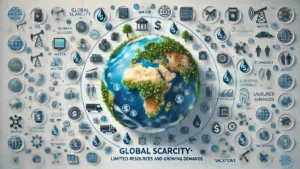
Economic Models and Theories Addressing Scarcity:
Economic models help us understand how to deal with scarcity. The Production Possibility Frontier (PPF) is a classic model used to illustrate the trade-offs between two goods. It shows the maximum output a society can achieve with its limited resources. The curve demonstrates opportunity cost, highlighting that producing more of one good usually means producing less of another.
The concept of diminishing marginal returns is another key theory. It states that as more resources are devoted to one activity, the additional benefit gained from each unit decreases. This idea is essential for businesses and governments trying to allocate resources efficiently.
In macroeconomics, theories like Keynesian economics and neoclassical economics offer different perspectives on managing scarcity. Keynesian economics advocates for government intervention to smooth out economic cycles and address resource misallocation, while neoclassical economics emphasizes market-driven solutions and efficient resource allocation through supply and demand.
How Individuals can manage their own Resources?
Managing limited resources is essential for individuals looking to achieve financial stability and success. One of the most effective strategies is budgeting. By tracking income and expenses, individuals can allocate their limited financial resources toward their most important needs and goals.
In addition to budgeting, saving and investing are key ways to manage resources for the future. Setting aside money in a savings account or investing in stocks and bonds helps individuals grow their wealth over time, preparing them for future expenses or emergencies.
Time management is another critical aspect of resource management. Time, like money, is a limited resource. Prioritizing tasks, setting goals, and avoiding distractions can help individuals make the most of their time, increasing productivity and overall well-being.
Future Outlook: The Growing Demand for Resources
The future will present even greater challenges as the demand for resources increases. With the global population projected to reach nearly 10 billion by 2050, the pressure on food, water, and energy will intensify. The fact that “resources are limited, wants are unlimited” makes it clear that we must find sustainable solutions to meet these growing needs.
Technological innovation will play a crucial role in addressing resource shortages. Advancements in renewable energy, water conservation, and food production will be essential for meeting the needs of a larger population. However, changes in consumption patterns are also necessary. Reducing waste, embracing sustainable products, and shifting toward renewable energy sources will help ease the strain on limited resources.
International cooperation will be vital in managing global resources. Countries must work together to develop policies that promote sustainability, share technology, and ensure equitable resource distribution. Global challenges like climate change and resource scarcity require collective action to find solutions that benefit everyone.
Conclusion:
The concept of “resources are limited, wants are unlimited” is a fundamental principle that shapes economic decision-making at every level. Scarcity forces individuals, businesses, and governments to make difficult choices about how to allocate their resources most effectively. By recognizing this, we can better manage the resources we have, ensuring that they are used efficiently and sustainably.
In a world where resources are becoming increasingly scarce, understanding how to balance our wants with the limited resources available is more important than ever. Whether through personal budgeting, business innovation, or government policy, finding ways to make the most of what we have will be key to building a sustainable and prosperous future.
FAQs:
1) Why are human wants unlimited?
Human wants are unlimited due to natural desires for improvement, comfort, and social influence. As technology evolves and new products emerge, our list of wants keeps growing.
2) How does scarcity affect decision-making?
Scarcity forces us to prioritize. Since “resources are limited, wants are unlimited,” we must evaluate trade-offs and opportunity costs to make the best use of our limited resources.
3) Can innovation solve the problem of limited resources?
Innovation helps alleviate resource shortages by creating more efficient technologies. However, it cannot eliminate the fact that resources are finite. We must still manage resources carefully.
Also Read: Exploring Interim and Union Budget Differences
4) What is an example of managing limited resources in everyday life?
A common example is budgeting. People use budgets to allocate their income between essential needs like food and housing, and discretionary spending like entertainment.
5) How can individuals help conserve resources?
Individuals can conserve resources by reducing waste, recycling, and using energy-efficient appliances. Adopting sustainable practices at home and work helps conserve limited resources for the future.
